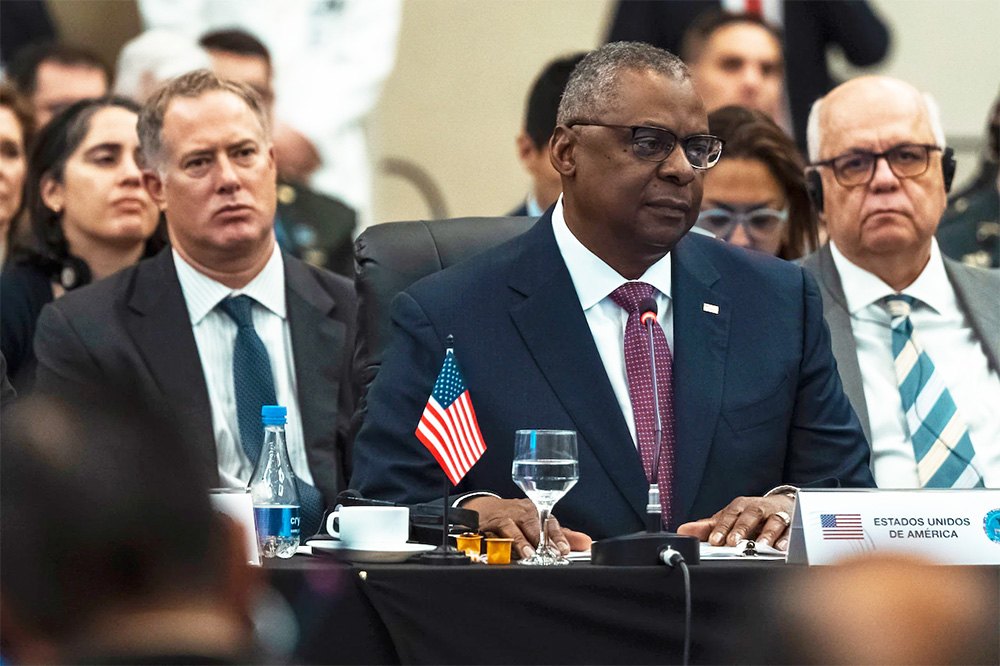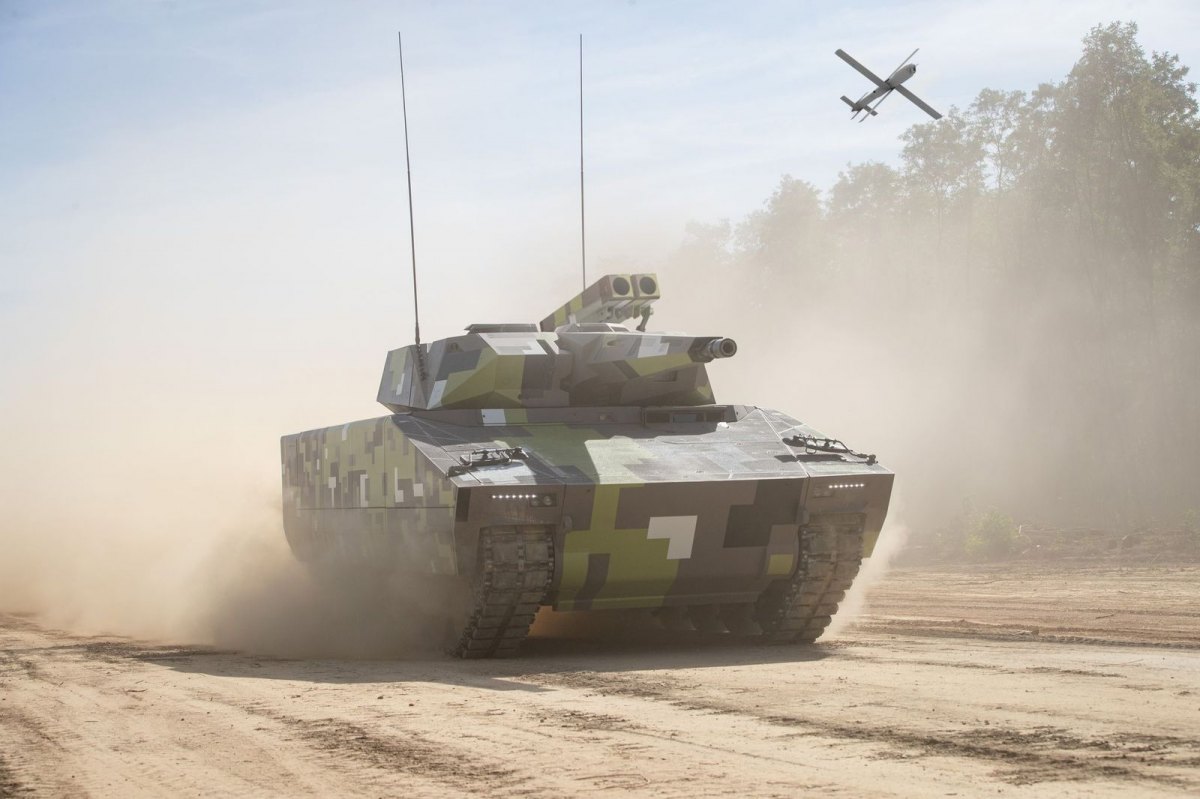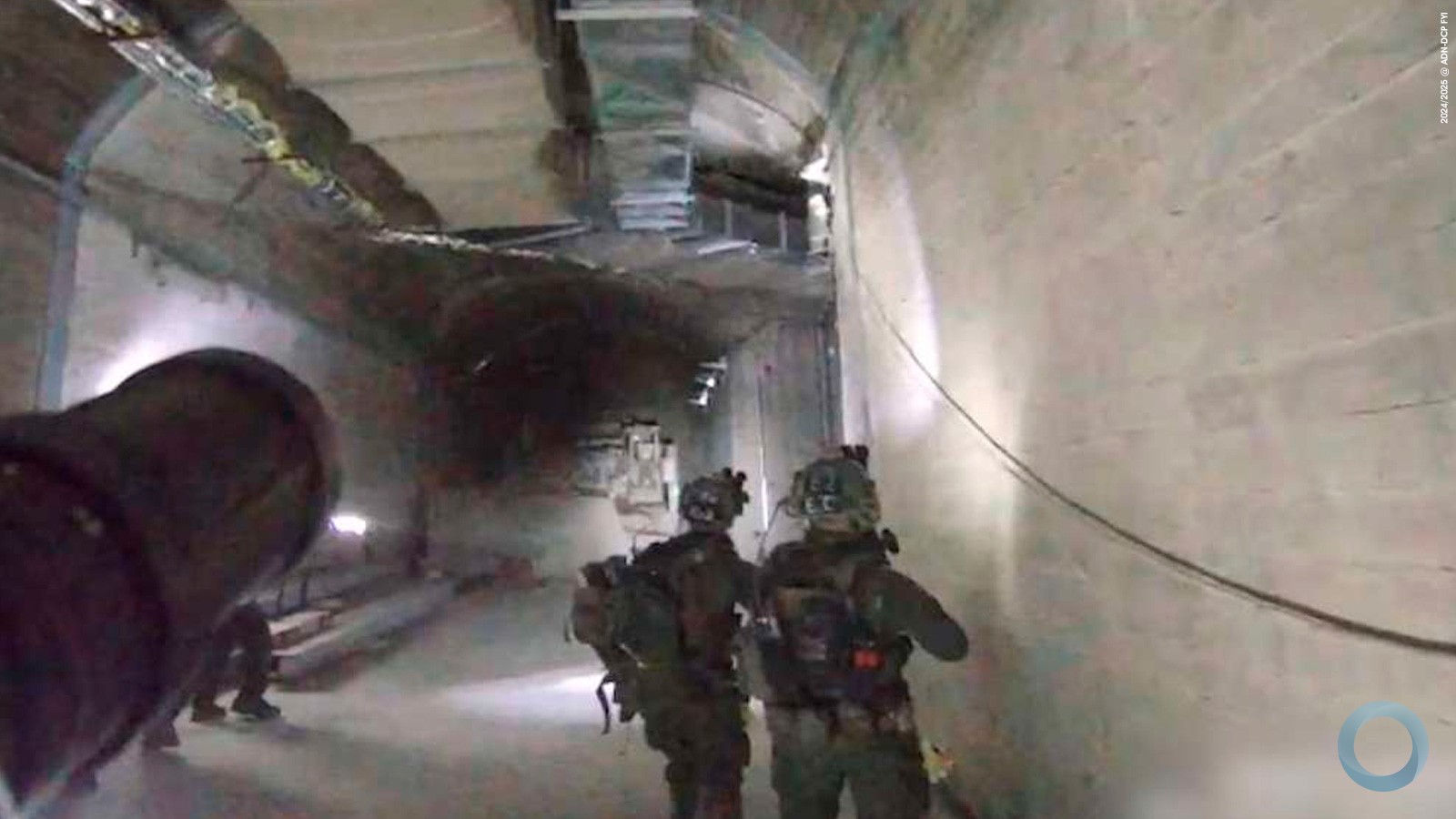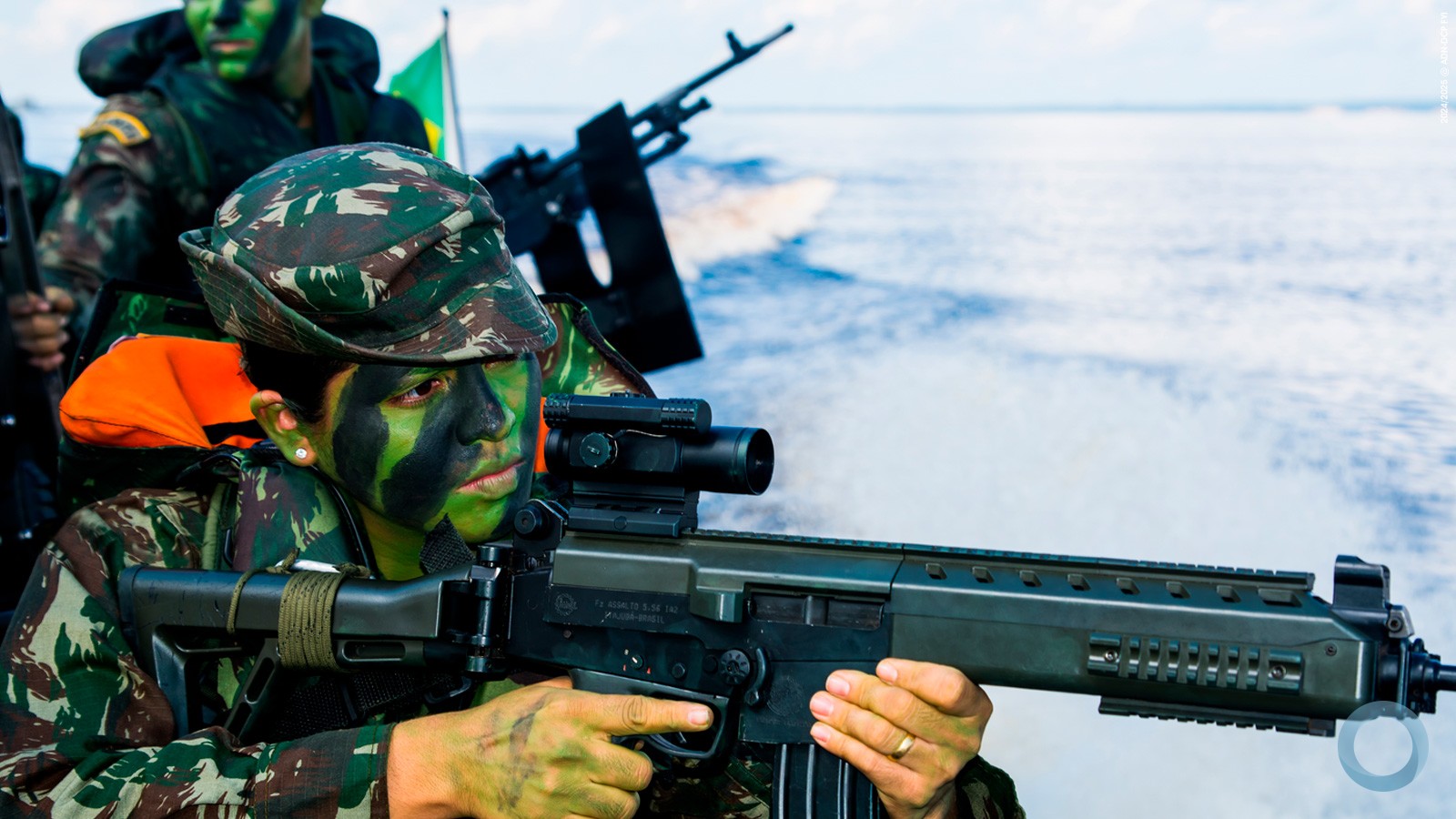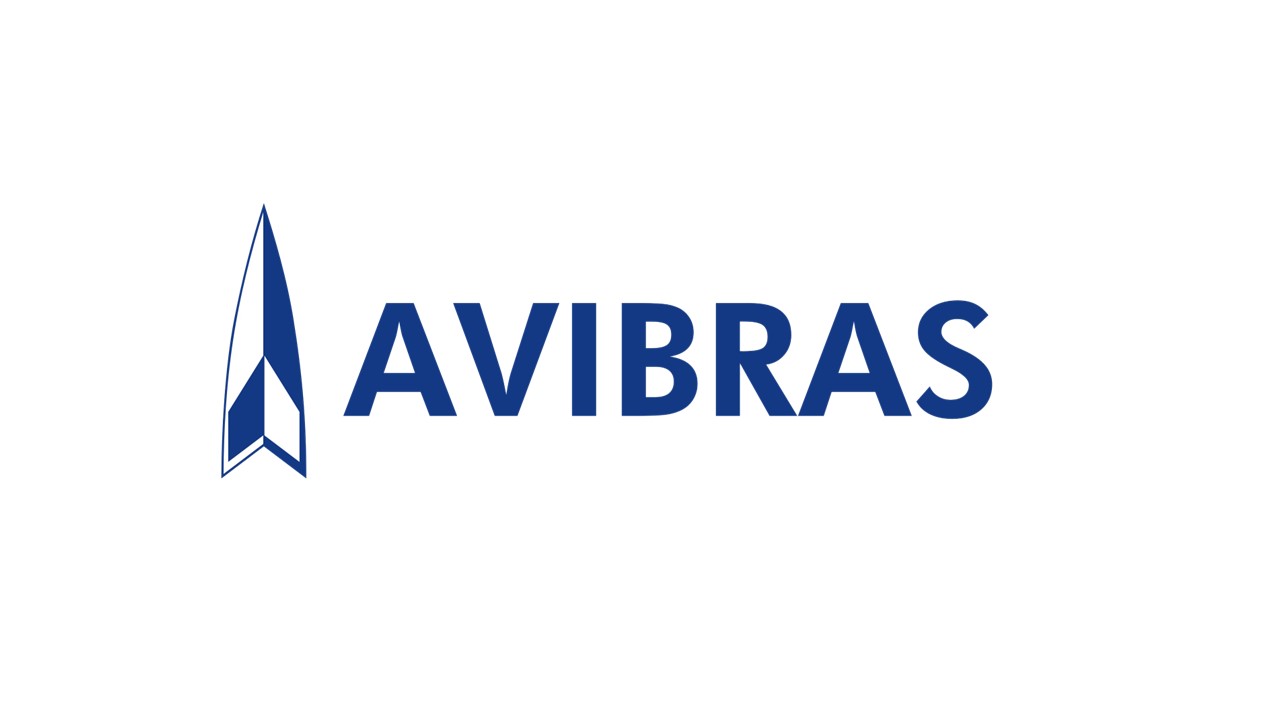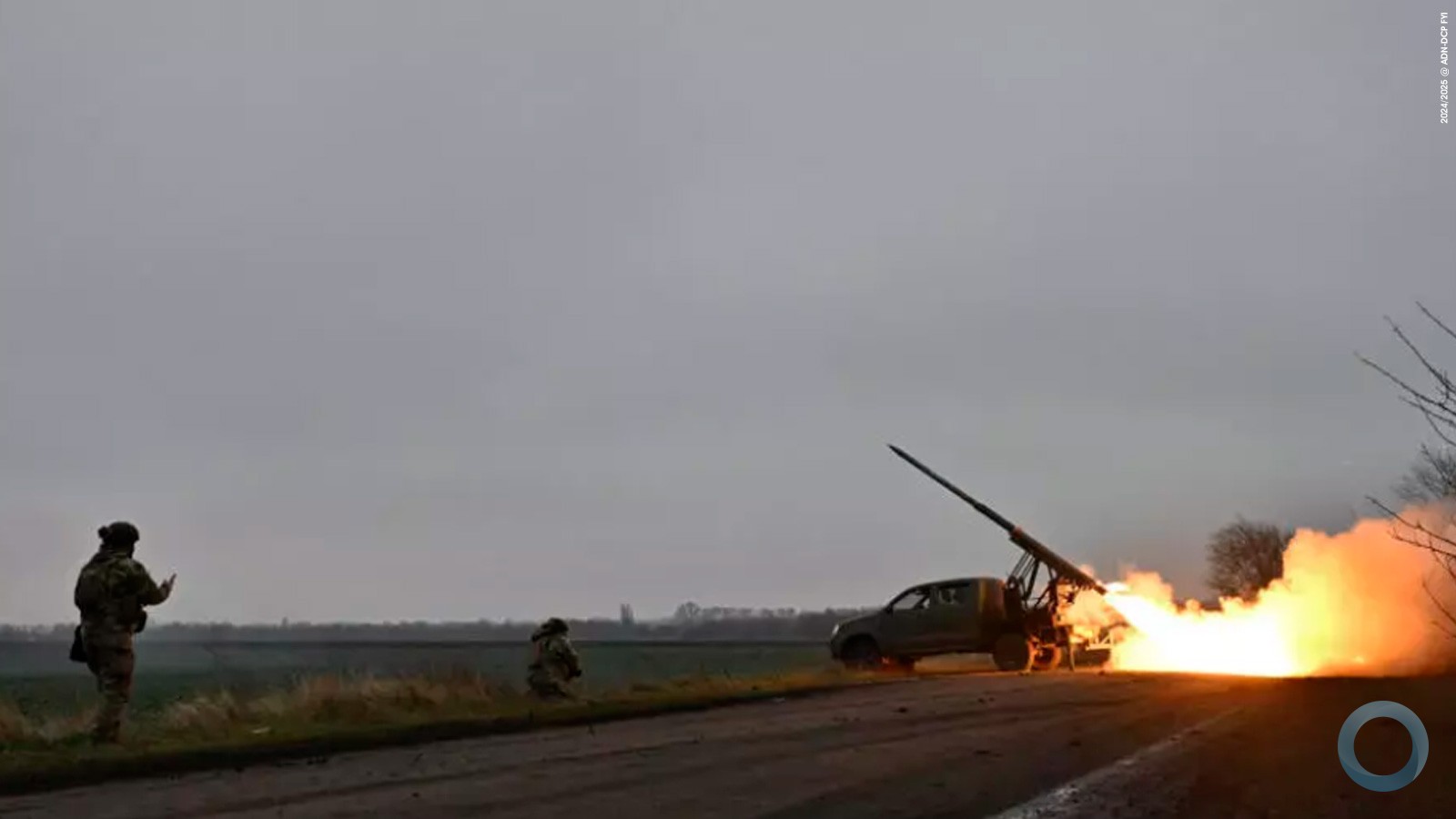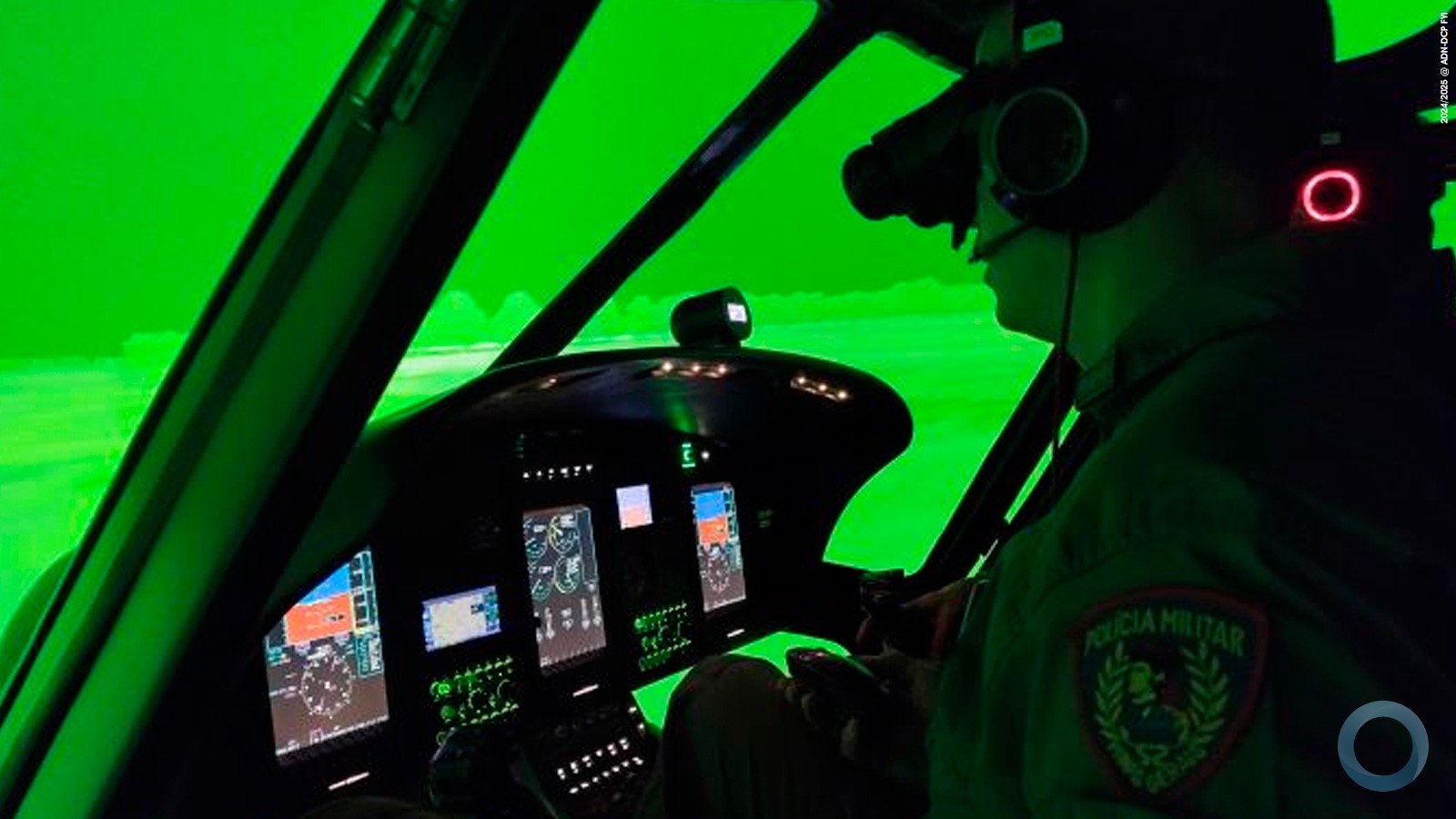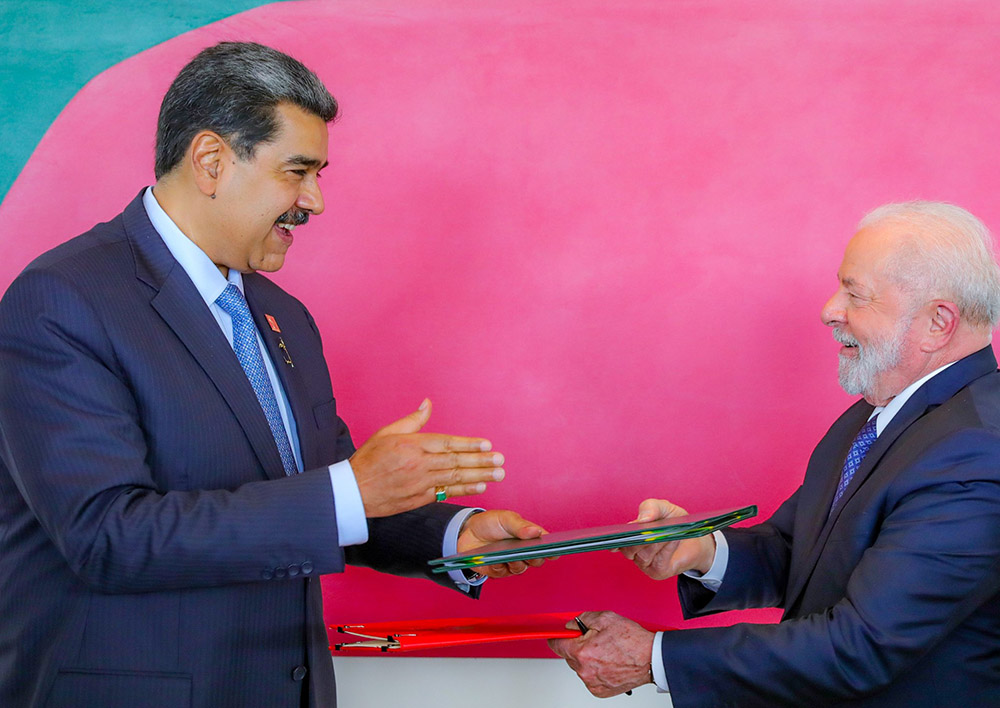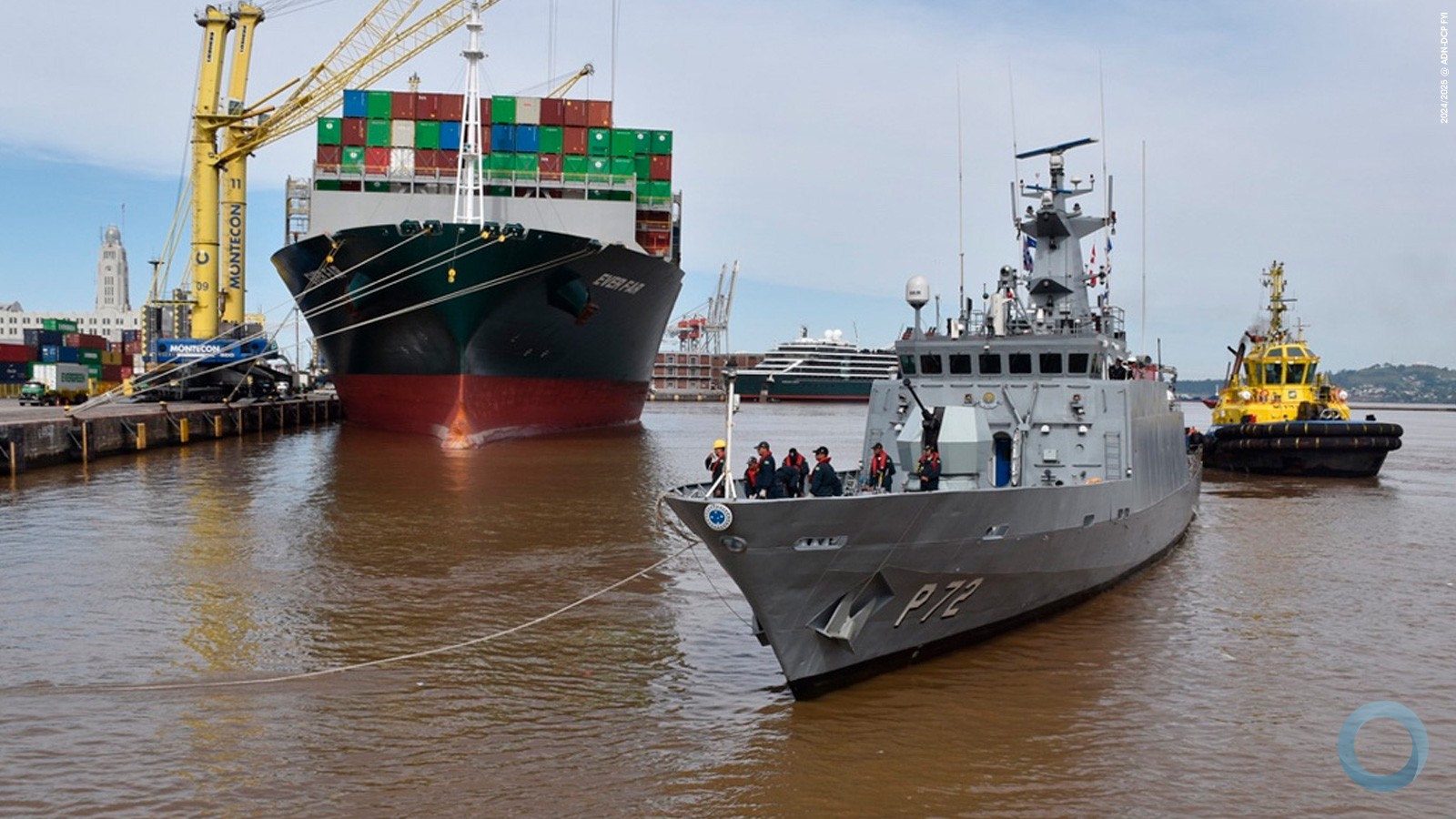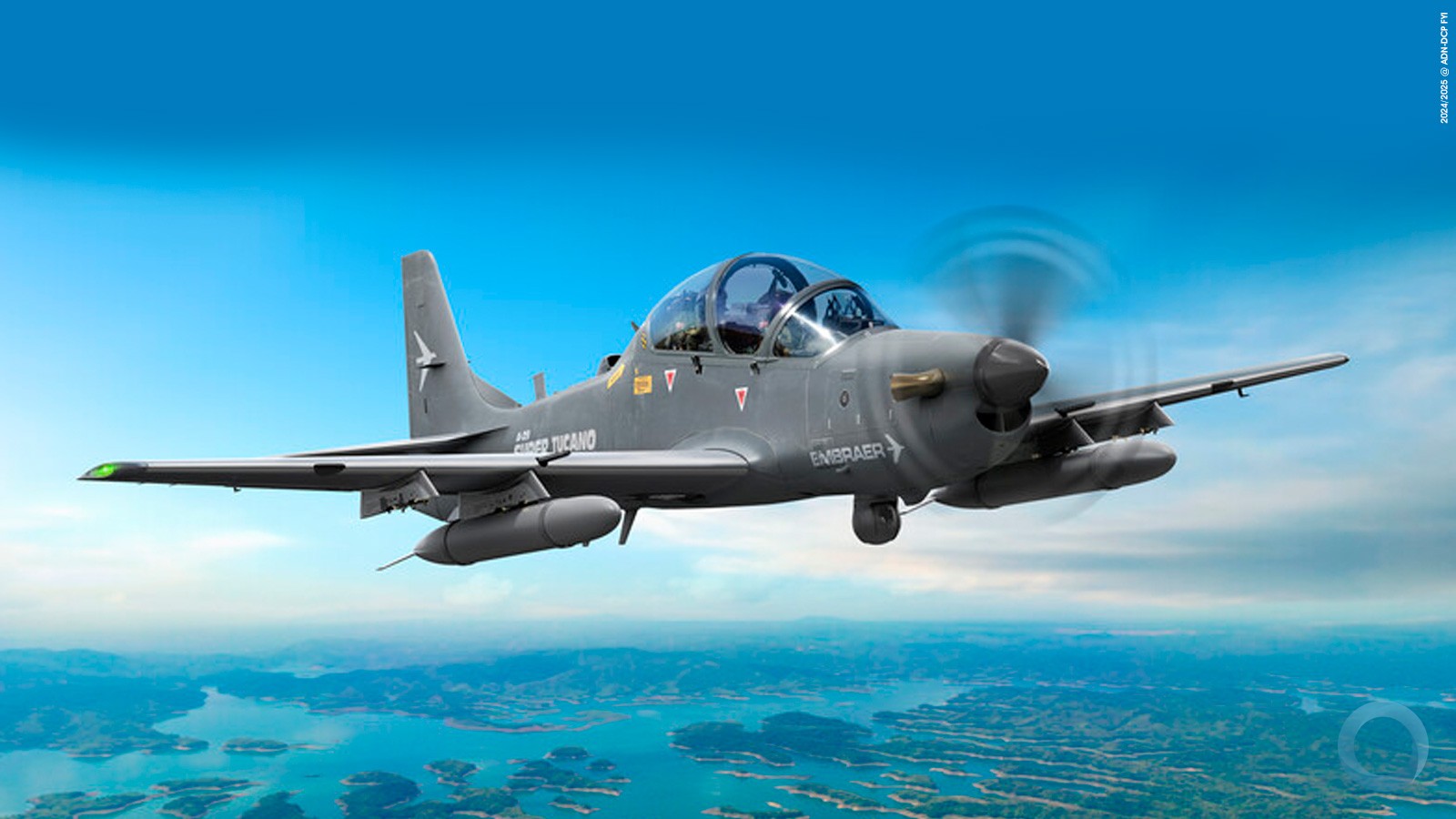Holger Alava
The Chilean Navy Third Naval Zone conducted a variety of drills, such as the simulated rescue of a man overboard, as part of its Month of the Sea celebration in May.
Hundreds of civilians withstood the bitter cold on May 17th to view that demonstration, as Naval units used a helicopter and rescue boats to simulate the rescue of a man who had fallen into the sea in the Region of Magallanes and Chilean Antarctica. The Punta Arenas, a general services boat which can reach a top speed of 45 kilometers per hour, provided logistical support, and highly trained Naval swimmers rescued the man.
“Chileans are aware of our Navy professionalism so every time there are operational demonstrations along the coastal cities . . . people gather despite cold temperatures, and enjoy a unique spectacle when our warships and air and Marines units display their capabilities,” Commander Felipe Otey, Chief of Operations for the Third Naval Zone of the Chilean Navy told Diálogo . “The naval and maritime operations performed by the Chilean Navy, 365 days a year, simultaneously in every corner of the country, take place mostly where people do not see them — at sea or in areas of difficult access. Aware of this geographic complexity, the institution performs these exercises for the community.”
The Navy organized the event to honor the role of the first navigators who sailed through the Strait of Magellan and to highlight the vital presence of the Chilean Navy in the area. The Month of the Sea celebration commemorates the heroic deeds of Chilean Lieutenant Commander Arturo Prat Chacon, who commanded the wooden corvette Esmerelda during the Battle of Iquiqui, which was part of the War of the Pacific. Following a furious four-hour battle on May 21, 1879, the Peruvian ironclad Huáscar sank the Esmerelda. During the fight, Prat Chacon, according to some historians, jumped onto the enemy ship in an act of bravery and patriotism. Prat Chacon was killed.
Honoring the Chilean Navy's history and modern capabilities
In addition to celebrating the Chilean Navy's history, the Month of the Sea activities also demonstrate its modern capabilities.
“The Chilean Navy has a plan of intense training in which surface, air and land units operate together to increase and improve the status of their capacity throughout Chile,” Commander Otey said. “These type of exercises support the Third Naval Zone ongoing trainings, by strengthening the skills of navigation in southern waters and capabilities to interoperate with air and ground units, intended to comply with its mission of defending the southern maritime territory and safeguard human life at sea.”
In addition to the sea rescue drill, the Navy also simulated coastline combat and an amphibious landing.
Firt, the civilian population witnessed a simulated bombardment of the coastline carried out by the LM Casma, a combat unit equipped with modern, sophisticated weapons and operated by a staff of 47 Naval service members. That exercise showed how Naval ships would attack enemy territory.
In another exercise, the Marine Unit No. 4 Cochrane executed an amphibious landing, prompting applause and cheers from the group of civilian spectators. The demonstration simulated a landing on a hostile shore in order to destroy gather information, and create a distracting maneuver to assist the evacuation of personnel and equipment.
Following the simulations, the event concluded with a Naval parade led by the Ocean Patrol Unit IPO Marinero Fuentealba recently incorporated into the Third Naval Zone and built by the Navy shipyard Astilleros y Maestranzas de la Armada (ASMAR). The Navy deploys the ship on patrols and uses it to protect natural resources and fight marine pollution, and to assist on missions in isolated regions.
Marine Corps Celebrates Anniversary
About a month after the Month of the Sea events, on June 16, the Chilean Navy celebrated the 197th anniversary of the founding of the Marine Corps with an event at Fort Aguayo in Concón attended by the Chief of the Navy, Admiral Enrique Larrañaga.
“These are 197 years of a particular culture, style and traditions,” said the Commander of the Marine Corps, Admiral David Hardy. “Our training activities still require us to move amphibious forces to northern and southern theaters. We cover missions in all naval zones; constitute coast defense forces in the north and south of the country, and provide our outstanding Navy band.”
The Third Naval Zone anniversary ceremony of the Marines Corps was held at the Marine Unit No. 4 Cochrane, the southernmost Marine Corps operational unit.
“Thanks to rigorous training we embrace effectively and safely secondary roles that allow us to serve many roles, such as supporting the community in the face of disaster, participation in various Peace Operations or Humanitarian Demining work,” said Commander Gian Cuneo of DIM Cochrane.







